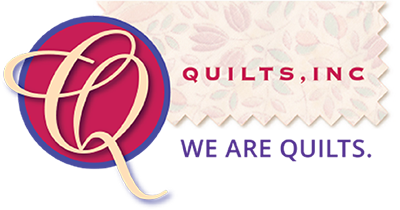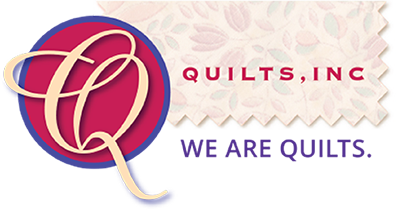News and Information
Major Changes Announced: Festival Dates Changed & Market Discontinued
Quilt Market Discontinued
HOUSTON, TEXAS—December 3, 2025—Quilts, Inc., parent company of International Quilt Market (a trade show) and International Quilt Festival (a public show), today made two major announcements concerning the storied fall editions of both shows in Houston, Texas for 2026.
International Quilt Festival will now be held from November 12-15, 2026 at our usual home of the George R. Brown Convention Center. Classes will begin on November 10, with no Preview Night this year. The show was previously scheduled for late November. In addition, the fall edition of International Quilt Market has been cancelled. Quilt Market, which usually precedes Festival, will also be discontinued entirely. Please note: Room blocks at our host hotels are not yet open. We will be making an announcement about the new opening date soon on Quilts.com and Festival’s social media channels.
“We know that this is a lot of information for our attendees, exhibitors, and faculty to process. But I did not make either of these decisions lightly by any means,” notes Karey Bresenhan, President and CEO of Quilts, Inc.
“We listened to a lot of feedback both on the floor at our recent shows, and in emails and online surveys afterward. I know that, ultimately, this is the right move for both our company and those who love our shows. And it marks a new way forward for us.”
With convention and trade show business in Houston booming—and competition for popular dates greater than ever before—Market/Festival’s normal late October/early November timeframe was no longer a given. Festival’s previous 2026 dates were scheduled for the weekend before Thanksgiving, which were overwhelmingly inconvenient or impossible to attend for a large number of attendees and exhibitors.
“I want everyone to know that those untenable dates were never our choice…my staff and my family celebrate the Thanksgiving season like everyone else! However, at the time we had to announce the 2026 show dates they were all that were offered to us by the convention center,” Bresenhan added.
Quilts, Inc. VP of Shows and Show Director Ruth Moya took this not-unexpected information to the George R. Brown Convention Center sales team, who were then able through ongoing negotiation to offer earlier dates, although only for Festival, the world’s largest quilt show.
“We know this move will allow more people to be part of the show and not interfere with family holiday plans or add to travel stress. This was the primary concern of everyone who spoke or wrote to us on this matter,” Moya says. “We also feel it will put Quilt Festival on the radar of a whole new group of attendees.”
Quilt Market—the only trade show dedicated to the quilting and sewing industry—will no longer operate either a fall (since 1979) or spring (since 1981) edition.
“We have had 46 wonderful, memorable, and productive years of producing Quilt Market. Helping to create an entire industry where none existed before has been a joy. And we’re proud to see that so many larger companies and well-known fabric designers today got their initial start in the business at our show,” Bresenhan—Market’s Founder—notes.
“And to think, it all started when one shopowner approached me and said that she was having difficulty finding yellow fabric—and that I should start a trade show to make that easier! I was a shopowner myself and thought ‘OK, I will!’” Bresenhan recalls.
“But the reality in 2025 is that business models and practices have changed, and the options and ways for shop owners and retailers to conduct business has evolved and expanded. So, we will be bidding Market a very fond farewell and putting our focus going forward into producing more exciting consumer shows.”
In addition to the fall 2026 Quilt Festival in Houston, Quilts, Inc. recently announced the revival of the multi-needleart focused consumer show Quilt! Knit! Stitch!™, which will be held from April 10-12 (with classes beginning April 8) at America’s Center in St. Louis, Missouri. Exhibitor contracts and teacher proposal forms went out recently. Additional public shows will be announced for 2027 in addition to the anchor Quilt Festival in Houston.
“I truly see this as the starting point for a new era for Quilts, Inc.” Moya sums up. “I, and the entire staff—which includes some bright new people with great ideas—are ready to put on even better shows for the entire quilting and needlearts community!”


